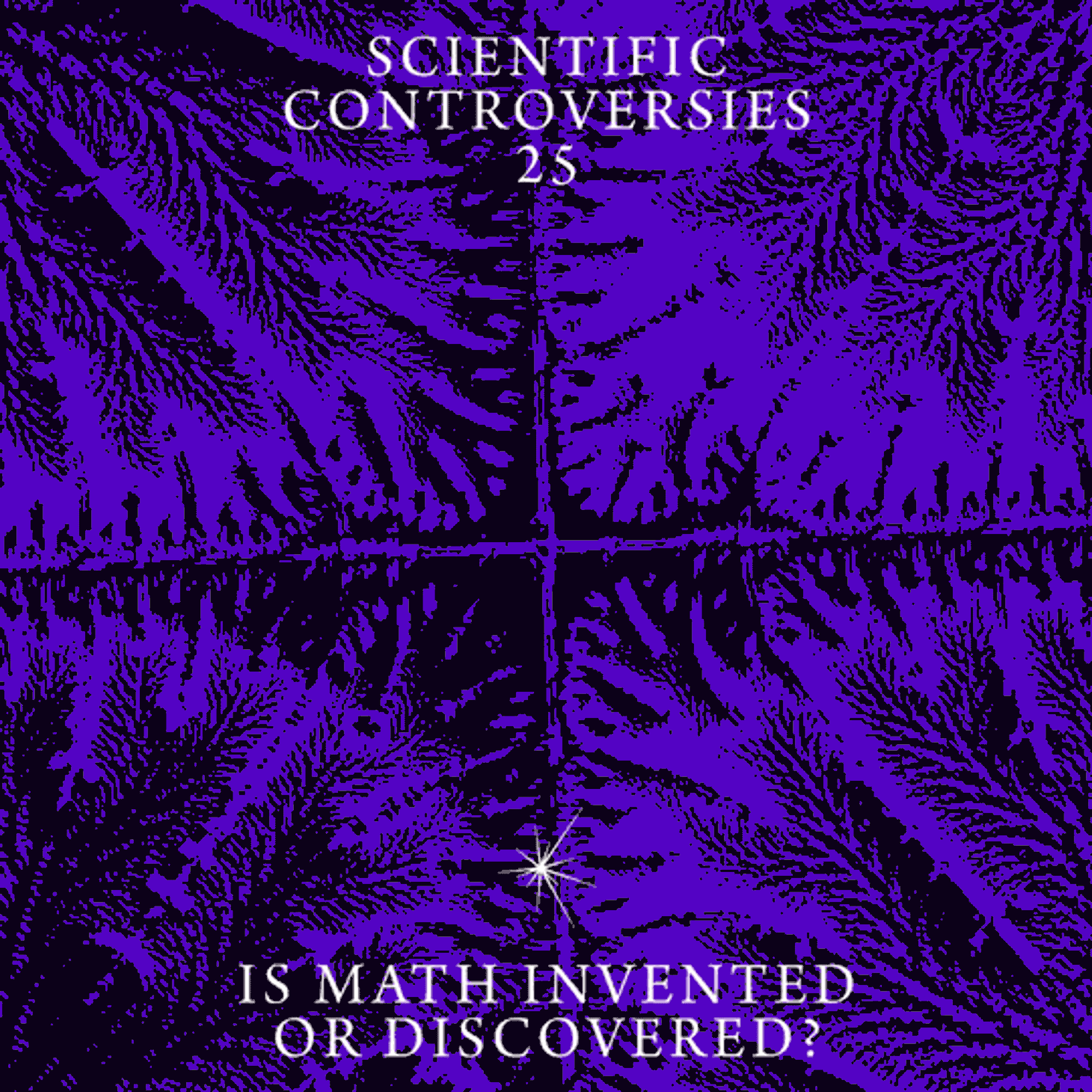
Scientific Controversies No. 25: Is Math Invented or Discovered?
“The enormous usefulness of mathematics in the natural sciences is something bordering on the mysterious… there is no rational explanation for it,” wrote Nobel Laureate Eugene Wigner. There are mathematical descriptions of natural phenomena on all scales: Fibonacci series in flowers, logarithmic spirals in snails, fractals in mountain ranges, parabolas in home runs, and pi in the spherical shape of stars, planets, and bubbles. But is math discovered in nature or is it invented by humans and imposed on an agnostic reality? Will mathematics always be able to unlock the mysteries of the universe, or will we come to an end of its utility?
Physicist Max Tegmark argues in his book, Our Mathematical Universe: My Quest for the Ultimate Nature of Reality, that mathematics does not simply describe the universe, but that the universe is mathematics and that human beings are self-aware parts of a giant mathematical object. Cognitive scientist Rafael Núñez, who co-authored with George Lakoff the book Where Mathematics Comes From: How the Embodied Mind Brings Mathematics Into Being and invented a new field, the cognitive science of mathematics, argues that approaching mathematics as a transcendental truth feeds a romantic myth and simply is not true. Accepting mathematics as an external entity is a matter of faith, it is a belief that can never be proven scientifically.
Join our Director of Sciences Janna Levin as she hosts our guests Rafael Nuñez and Max Tegmark in a conversation to challenge our beliefs on mathematics–discovered or invented–and to question if mathematics does in fact provide a fundamental, beautiful structure to the universe.
Rafael Núñez is a professor at the Department of Cognitive Sciences at the University of California, San Diego. Born and raised in Chile, Rafael completed his doctoral career in Switzerland, and conducted his postdoctoral work at Stanford and UC Berkeley. Rafael investigates the development and evolution of everyday and technical cognition (such as mathematics)—especially conceptual systems, symbolization, and abstraction— and their biologically enculturated underpinnings. His multidisciplinary approach uses methods such as psycholinguistic experiments, gesture studies, brain imaging, and field research with isolated indigenous groups. His 2001 best-selling book, Where Mathematics Comes From: How the Embodied Mind Brings Mathematics into Being (co-authored with UC Berkeley linguist George Lakoff), presents a new theoretical framework for understanding the human bio-cultural nature of mathematics.
Max Tegmark is a professor doing AI and physics research at MIT as part of the Institute for Artificial Intelligence & Fundamental Interactions and the Center for Brains, Minds and Machines. He advocates for positive use of technology as president of the Future of Life Institute. He is the author of over 300 publications as well as the New York Times bestsellers Life 3.0: Being Human in the Age of Artificial Intelligence and Our Mathematical Universe: My Quest for the Ultimate Nature of Reality. His most recent AI research focuses on intelligible intelligence as well as news bias detection with machine-learning.
Janna Levin is the Pioneer Works Director of Sciences and the editor-in-chief of Pioneer Works Broadcast. She is also the Claire Tow Professor of physics and astronomy at Barnard College of Columbia University. A Guggenheim Fellow, Janna has contributed to an understanding of black holes, the cosmology of extra dimensions, and gravitational waves in the shape of spacetime. She is the presenter of the NOVA feature Black Hole Apocalypse, aired on PBS—the first female presenter for NOVA in 35 years. Janna also won a PEN prize for a first work of fiction. Her latest book is Black Hole Survival Guide.
Scientific Controversies is supported by Science Sandbox, a Simons Foundation initiative dedicated to engaging everyone with the process of science, and the Alfred P. Sloan Foundation Program in Public Understanding of Science and Technology, bridging the two cultures of science and the arts.